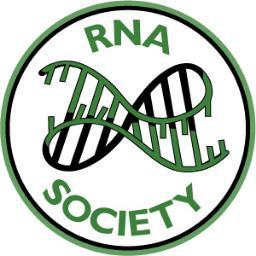Poster Presentation
tRNA, tRNA-derived fragment, RNA sequencing, Next-generation sequencing
Public Summary
Traditionally regarded as integral players in mRNA translation, recent studies have revealed that tRNA expression, processing, and modification are dynamically regulated on a tissue-specific basis. These mechanisms produce a wide variety of tRNAs and tDRs (tRNA-derived small RNAs) across tissues and cell types that likely play key roles in regulating the cellular response to changing conditions. Dysregulation of tRNAs and tDRs are increasingly implicated as critical factors in disease progression; thus, a deep understanding of the homeostatic variance across somatic tissues is vital. Here, we systematically profile the abundance and potential sites of base modification of tRNAs, tDRs, and other small RNAs using a newly developed small RNA sequencing method, Ordered Two-Template Relay sequencing (OTTR-seq), across a panel of 20 mouse tissues. We identified the tissue-biased abundance of both tRNAs and to a greater degree tDRs, suggesting the differential regulation of these transcripts on a tissue-by-tissue basis. In addition, modification-induced misincorporations left by the reverse transcriptase allowed us to generate an isodecoder-specific map of select tRNA base modifications in mice. In some tissues, the pool of tRNAs shifts towards isodecoders decorated with differential modifications which could affect the stability, translational fidelity, and/or the production of tDRs. These nucleotide-resolution analyses have generated the most complete view of the dynamic relationship between mature tRNAs, tRNA modifications, and their derived tDRs in a mammalian species. Decoding these relationships is essential to establish the bases of tissue-specialized processing, timely production of regulatory tDRs, and understanding their emerging disease roles.


